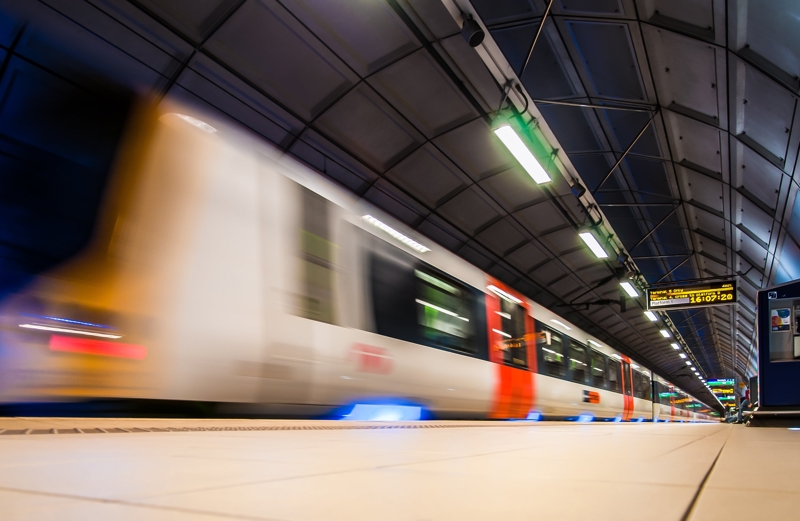High-speed trains have historically served as the lifeblood of logistics and transportation in many developed nations. The swiftness with which passengers and goods traverse vast distances, and the alleviation of highway congestion, are just some of the invaluable benefits high-speed rail networks bring.
The capacity of a high-speed train network to facilitate the rapid movement of people and goods holds particular relevance for Vietnam. This innovation is more than a mere convenience; it is an economic necessity.

In cargo transport, high-speed trains can contribute enormously. They offer a reliable and expeditious mode of transporting goods, guaranteeing timely delivery. This enhances manufacturing and supply chain efficiency, saving costs and raising competitiveness in the global market.
Building a high-speed train network significantly improves Vietnam’s connectivity with neighboring countries. This translates into more efficient trade and transportation links with Cambodia, Laos, and China, positioning Vietnam as a regional logistics and marketing hub.
Real estate development near train stations adds another facet to the economic impact, increasing property values and investment opportunities. Relief from traffic congestion, stemming from an increased preference for high-speed train travel, reduces highway maintenance costs and enhances road safety. Shortened travel time also makes tourism destinations more accessible and attractive.
From an environmental perspective, a high-speed rail network represents a step towards sustainable development in Vietnam. Providing an eco-friendly, energy-efficient mode of transportation contributes to lowering the nation’s carbon footprint. Fewer cars on the road and a reduced need for short-haul domestic flights translate to lower greenhouse gas emissions.
While the substantial benefits of a high-speed train connection between Vietnam’s north and south are evident, attention must be given to the land conservation aspect and the expansion of the connectivity network.
Two primary alternatives confront Vietnam as it advances towards a high-speed train network. The first approach involves the establishment of elevated rail routes linking numerous provinces and cities. Although this approach may appear more practical initially, it bears the risk of substantial land acquisition disputes, leading to delays and increased costs.
The other alternative entails developing a network of elevated rail and automobile routes atop the current highways or through the seas. If through the ocean, there must be enough access / exit points in key cities and provinces. While this approach necessitates higher initial investments, it offers the potential to mitigate wasteful land acquisition and reduce travel distances, thus yielding substantial long-term benefits. Recent technological advancements have made elevated rail systems feasible, including elevated rail lines atop existing highways, undersea tunnels, bridges, and floating rail tracks.
The construction of elevated rail systems either atop highways or through the seas could expedite the establishment of a high-speed train network connecting the northern and southern regions, all while being designed to withstand various weather conditions and ensure year-round operability. With meticulous planning and environmental impact assessments, Vietnam can realize the goal of a high-speed train network that is economically advantageous and ecologically responsible.
It is important to note that implementing a high-speed train network calls for collaboration between government entities, private enterprises, and international partners. Regardless of the chosen path, Vietnam possesses the technological and logistical capabilities to bring this vision to life. Drawing inspiration from the triumphs of other nations and capitalizing on its unique geographical advantages, Vietnam can propel itself into a new era of economic growth, connectivity, and sustainability.









 Google translate
Google translate